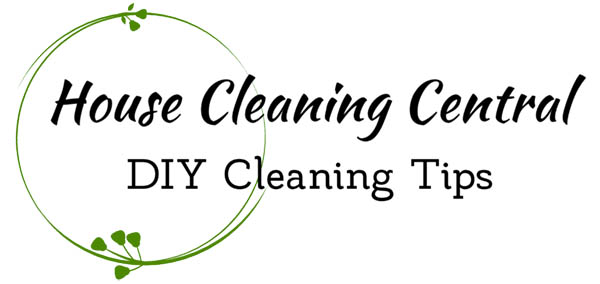How to Remove Stains from Clothes

How to Remove Stains from Clothes
The trick to clothes stain removal is to treat all stains as emergencies. If you do not address the stain quickly, your shirt or skirt, which you love dearly, will have to be banished from your wardrobe.
Know how to treat the emergency just as a doctor would know how to treat the patient in an emergency, you should know how to remove the stain. You have to know the type of cloth or material, and the material or source of the stain.
The treatment varies based on these items, so unless you know both, and treat the stain properly, you may give inappropriate treatment to the cloth and stain may become set and possibly permanent.
First aid: To carry the analogy further, first aid is something you will give to the cloth that will reduce the stain and not make it permanent. First aid in most cases is washing off the stain with water if the stain is water-soluble or solvents if the stain is not water-soluble
Basic Clothes Stain Removal
The basics of stain removal are absorbents, stain dilution, stain softeners, stain solvent, and stain removal. At each step the clothing and the stain has to be taken into consideration to ensure that stain is removed completely.
The following are five essential ingredients in removing clothes stains:
- Know the fabric you are treating. Man made fabrics come in many varieties and so does the natural fabric, cotton. It is necessary to know the intricacies of each fabric before treating.
- Know the staining material. Stain absorption and stain dissolving ideas are stain specific; one will not work on other. Know them before treating in each one.
- Keep your safety in mind ALWAYS –
- Know the exact process to be used in each case; do not do the experimenting when treating. Leave it for some other time.
- Know what not to do. Some stains are set by heat so research first so you do not set the stain instead of removing it.
Absorbents
Absorbents do the job of absorbing excess stains. Any liquid that has not reacted with the cloth is taken away by absorbents. This will have the effect of limiting the damage. Absorbents are Cornstarch Cornmeal Talcum powder French chalk Fuller’s earth etc. The use of absorbents depends on the stain causing materials, and is specific for stain causing materials.
Stain Softeners
Stain softeners work on the stain and reduce the damage. Stain softeners work when the stain is wet. If the stain is dry, the stain softeners will not work. Vaseline, lard, pepsin glycerin etc. are examples of stain softeners.
Acids and Alkalies
Water is a neutral material. Normal water has a pH of 7.0 Acids have pH of less than 7 and alkalies have a pH more than 7. The pH of an acid or alkali solution determines the strength.
The higher the strength, the larger the potential damage from acid and alkalies. Acids in normal use are white vinegar, acetic acid (10 percent), lemon juice, oxalic acid, etc. Alkalies in normal use are bleach, baking soda, washing soda, ammonia, sodium thiosulfate etc. Acids and alkalies can be injurious to your hands. Wear hand gloves when using them.
Solvents
Solvents are the materials that act as antidote for stain causing material. They soak up the stain causing materials and neutralize them. Common solvents in use are cleaning fluids (non-flammable), Carbon tetrachloride, Stoddard solvent.
These are non-flammable. The flammable solvents are Benzene, gasoline, turpentine, alcohol, kerosene, acetone, amyl acetate (banana oil), and commercial cleaning fluids. See the instruction on tin before use of solvents.
Bleach
Bleaches are used for removing stains. Common bleaches are household bleach (chlorine) sodium perborate, hydrogen peroxide. Follow instructions on container on use of bleaches and wear hand gloves while using them.
Detergents and Soaps
Detergents and soaps are primary clothes stain removers. While soaps are made from vegetable or animal oils, the detergents are from mineral oils. Detergents dissolve and eliminate most of the clothes stains. The stains we are talking about are the ones that cannot be taken away by soaps and detergents.

